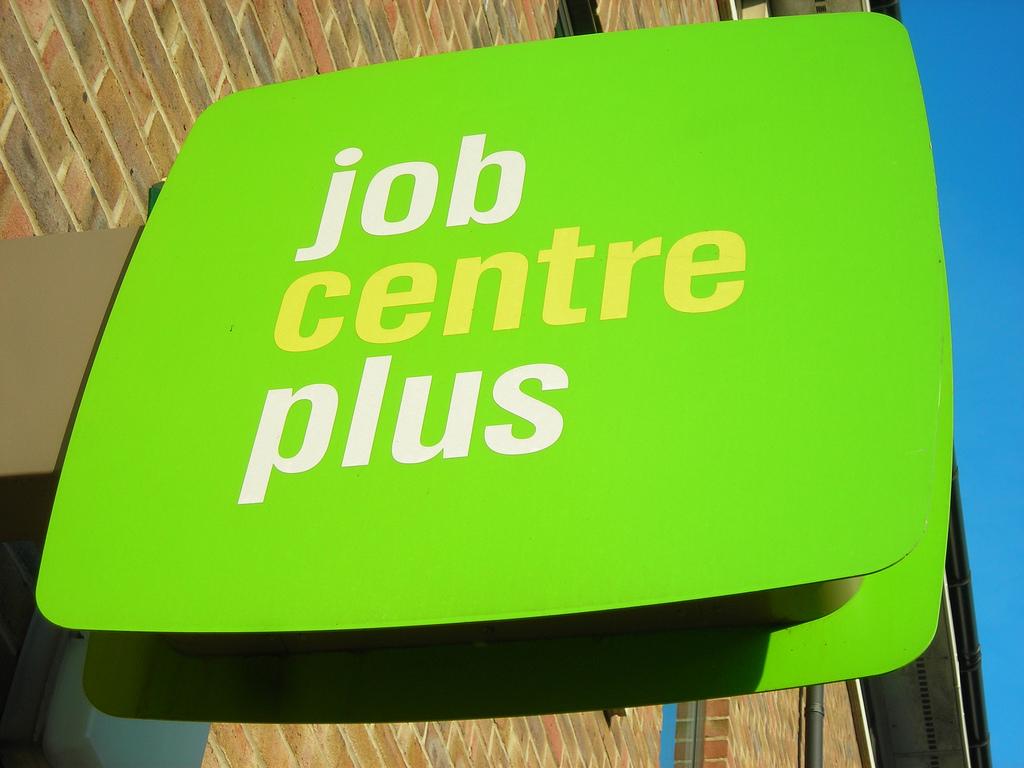The UK’s unemployment period has jumped to 4.5% between June – August.
A month ago, the unemployment rate was 4.1% according to the Office for National Statistics.
The number of people between this period that were unemployed is 1.52 million, a number that has rapidly increased amid the Covid-19 pandemic.
The ONS said: “The annual increase was the largest since September to November 2011 and the quarterly increase was the largest since May to July 2009.
“The estimated UK unemployment rate for men was 4.9%; this is 0.8 percentage points higher than a year earlier and 0.7 percentage points higher than the previous quarter.
The estimated UK unemployment rate for women was 4.0%; this is 0.3 percentage points higher than a year earlier and 0.1 percentage points higher than the previous quarter.”
The news comes as the government is winding down the furlough scheme.
The unemployment figures are likely to hit part-time staff and self-employed people the hardest.
“Estimates for June to August 2020 show 32.59 million people aged 16 years and over in employment, 102,000 fewer than a year earlier. This annual decrease was driven by men in employment (down by 213,000 on the year to 17.04 million),” said the ONS.
“Employment decreased by 153,000 on the quarter; men in employment decreased by 115,000, while women in employment decreased by 38,000. This quarterly decrease was driven by people in employment aged 16 to 24 years, the self-employed and part-time workers, but was partly offset by increases in employment for people aged 25 to 64 years and full-time employees.”
Chancellor of the Exchequer, Rishi Sunak, responded to the new figures: “I’ve been honest with people from the start that we would unfortunately not be able to save every job. But these aren’t just statistics, they are people’s lives. That’s why trying to protect as many jobs as possible and to helping those who lose their job back into employment, is my absolute priority.
“This is why we put together an unprecedented £190bn package of support and have a comprehensive Plan for Jobs. Our measures have focused on protecting people’s livelihoods, which is what the furlough scheme has done and what our support schemes – including SEISS, the Job Support Scheme and Job Retention Bonus – continue to do.”




